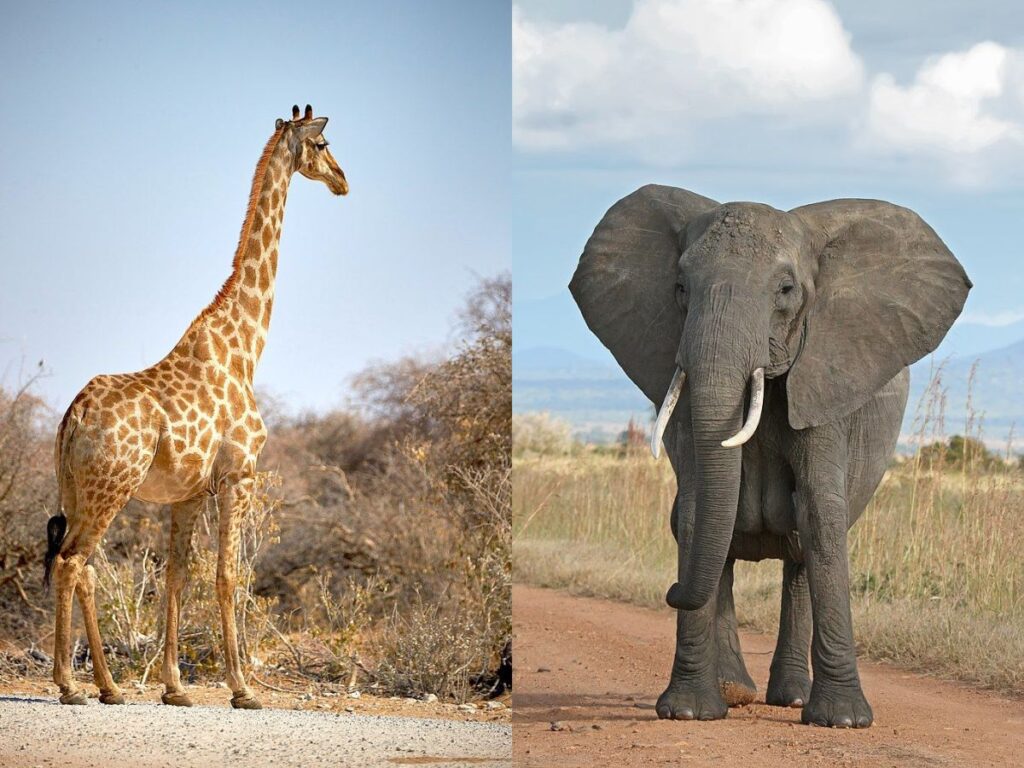
18 July 2023
We’ve been paying attention to air quality this summer as Canadian wildfire smoke blows into town. The smoke that reaches us, called smog or soot in the chart below, is labelled PM2.5 by air monitors (the particles are less than 2.5 micrometers in diameter). As you can see there’s a lot of other stuff in the air that the monitors are not analyzing — but they could. In the past few years scientists have discovered that we can check the air for DNA.
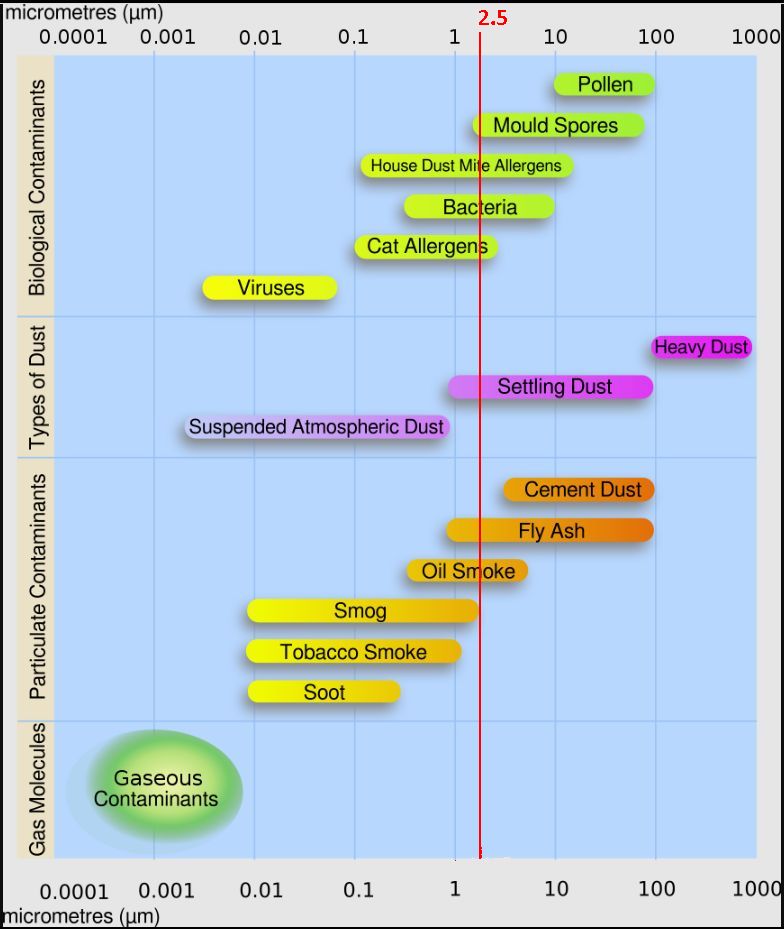
In 2020 an environmental DNA (eDNA) study in water led to eDNA studies in the air when a fish inventory compared trawling surveys (shown below) to DNA analysis of seawater samples. Science Magazine reported, “Overall, the team found about a 70% match between species abundance recorded by eDNA and trawls.”
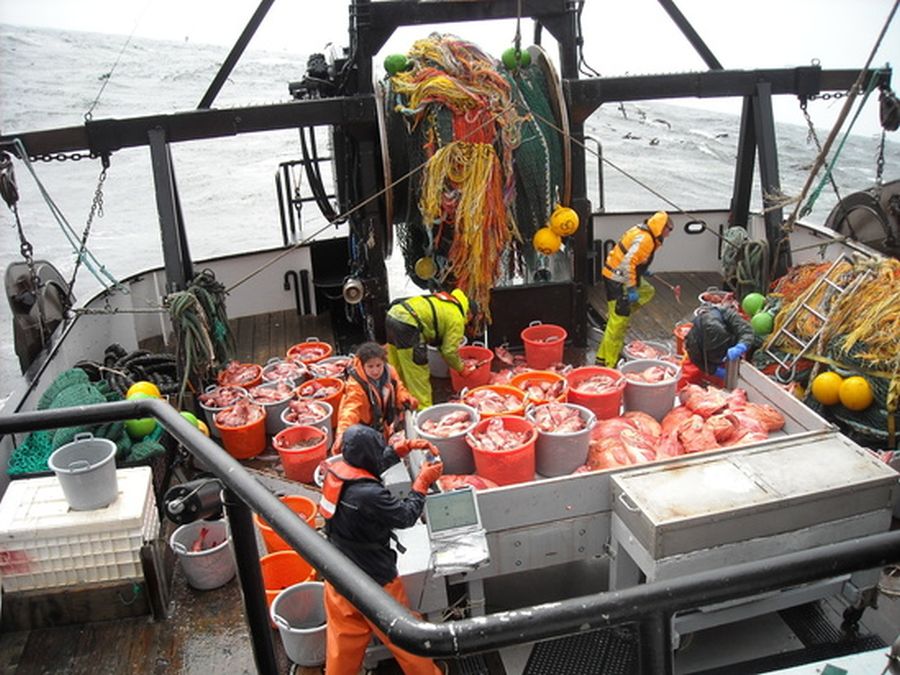
are first divided into baskets by species. Photo: NOAA Fisheries
In 2021 Mark Johnson, a graduate student at Texas Tech, realized that pollen and plant fragments are such a big component of air quality that he decided to compare manual plant surveys to eDNA measurements at Texas Tech University’s Native Rangeland.
The two methods complemented each other. Manual surveys detected 80 species while eDNA found 91 using the devices pictured below. According to Science Magazine, “eDNA was better at finding easily overlooked species with small flowers, such as weakleaf bur ragweed. But people were better at spotting plants too rare to release much eDNA, particularly when they had showy flowers, such as the chocolate daisy.”
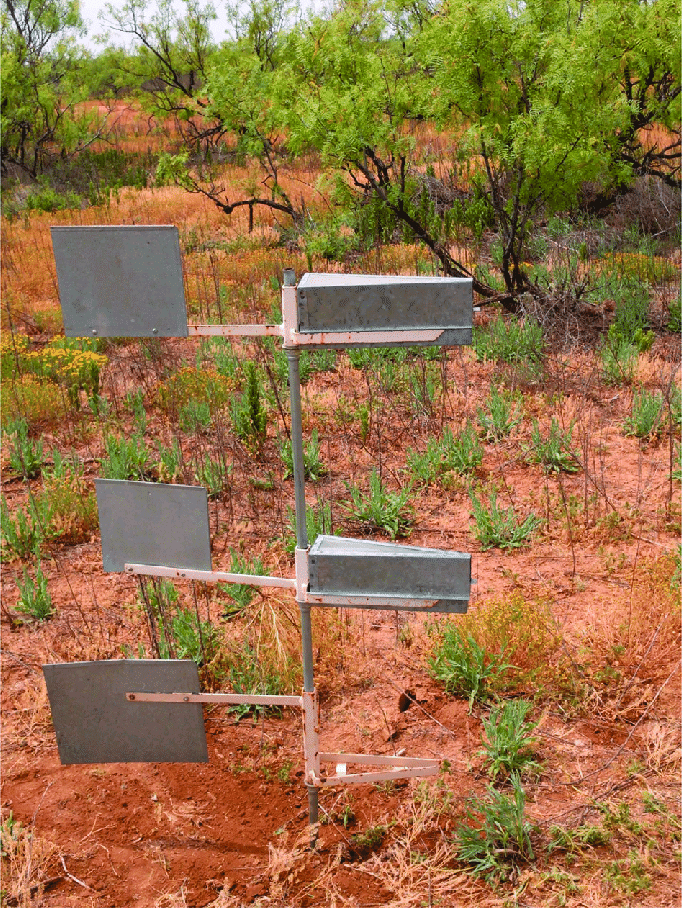
It was only a matter of time before similar air monitoring was used to detect animals.
Two recent studies — one in the UK, the other in Copenhagen — collected and analyzed air samples for animal DNA. And they found it. To prove their equipment, each study located air samplers near a zoo and both found zoo animal DNA. According to NPR, the Copenhagen study “picked up 49 animal species including rhinos, giraffes and elephants. ‘We even detected the guppy that was living in the pond in the rainforest house.'”
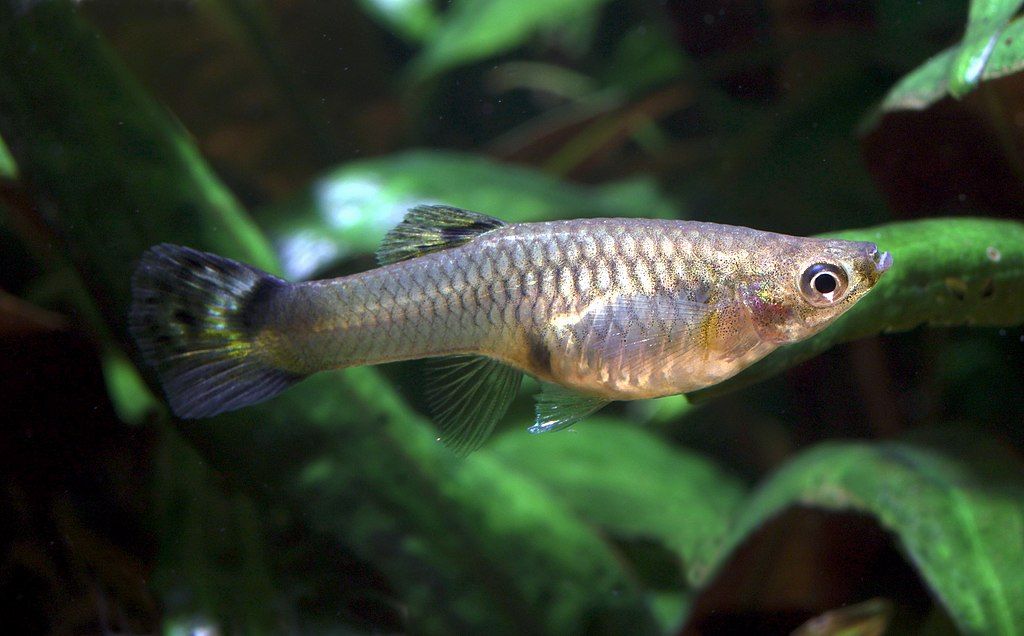
And so we’ve come full circle from detecting fish DNA in water to detecting it in the air.
Read more about the animal eDNA studies at WESA-FM: Scientists vacuum zoo animals’ DNA out of the air.
p.s. There is speculation that this technique could help us inventory endangered species.
(photo credits are in the captions; click on the links to see the originals)